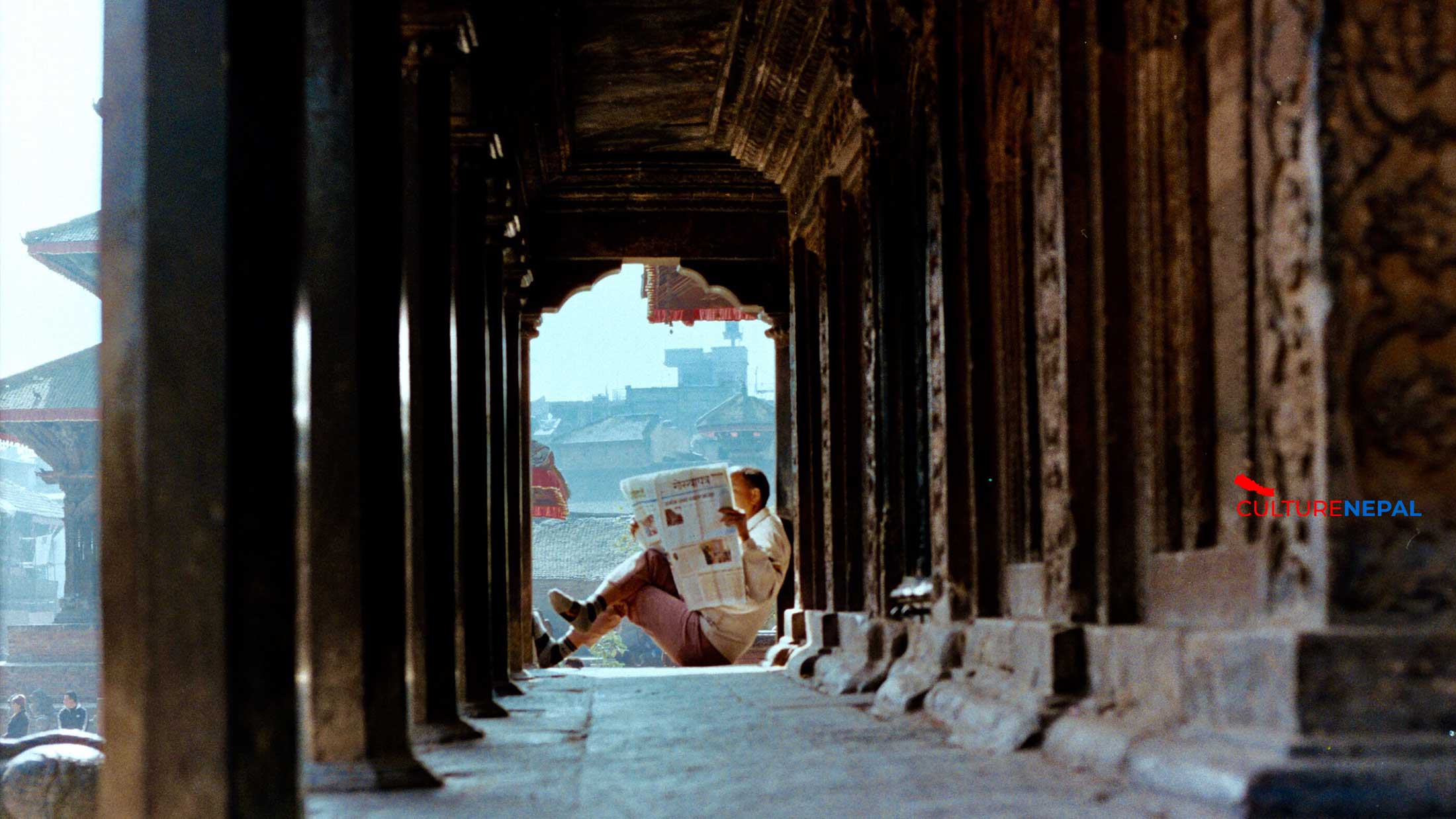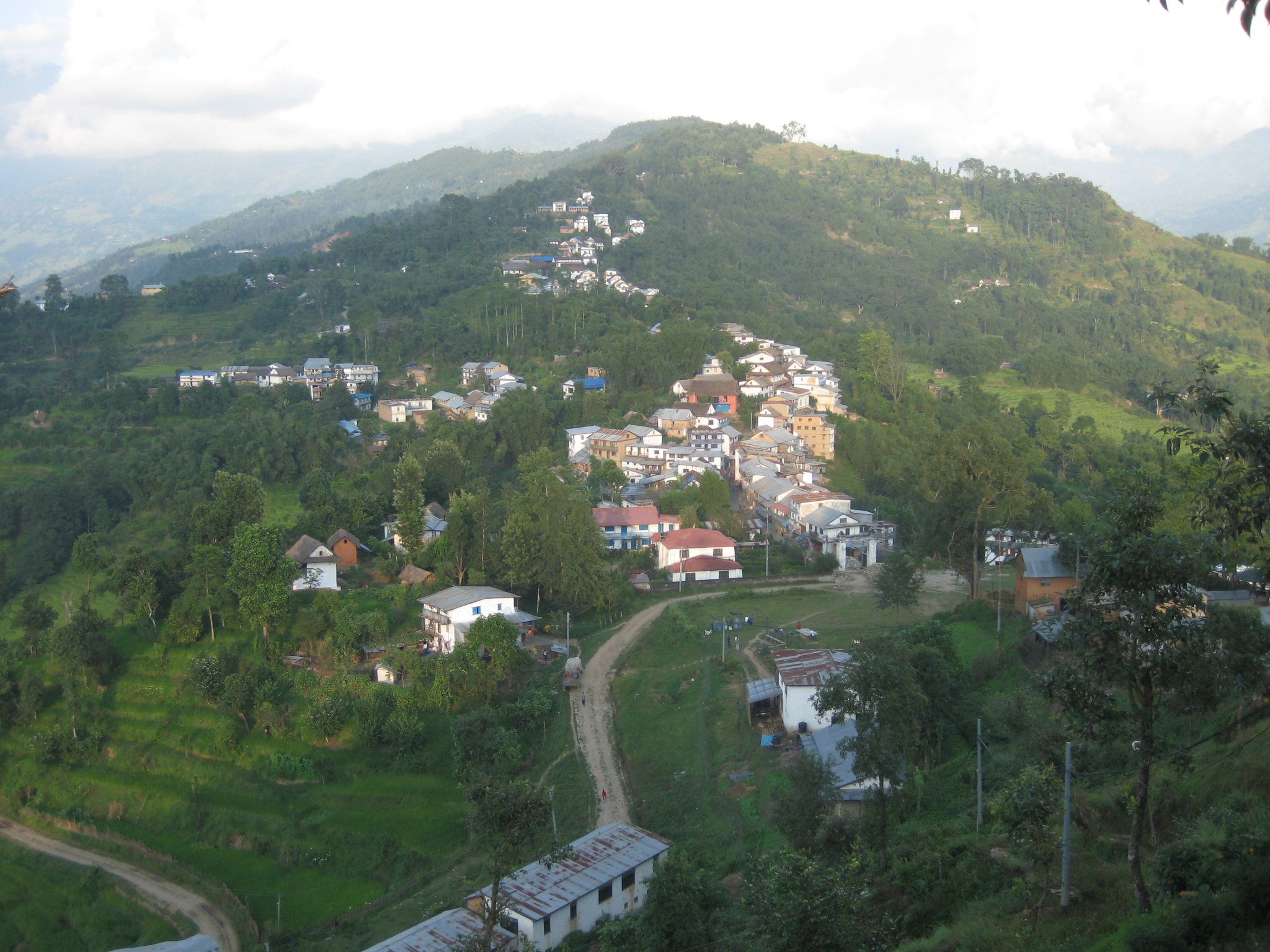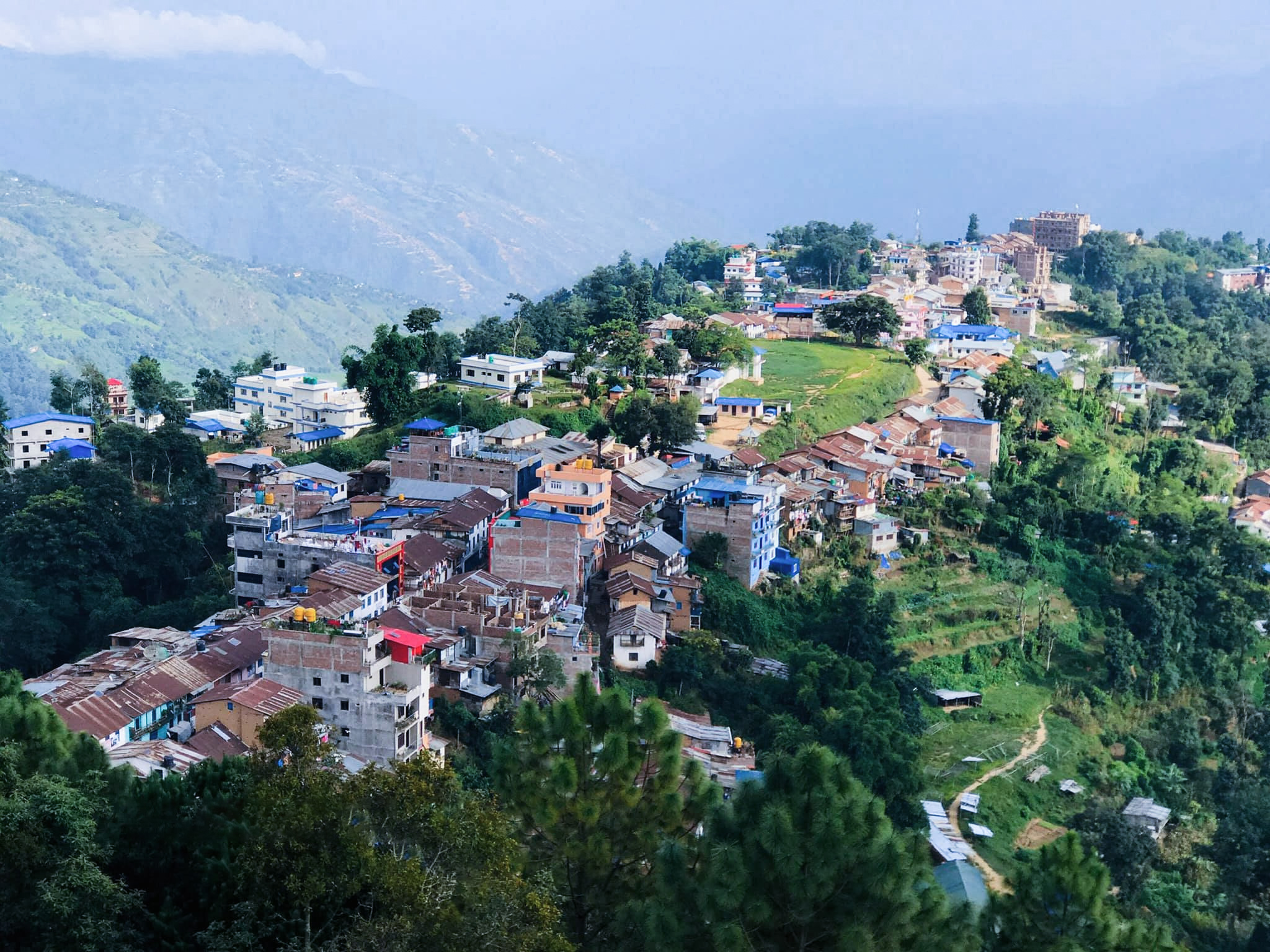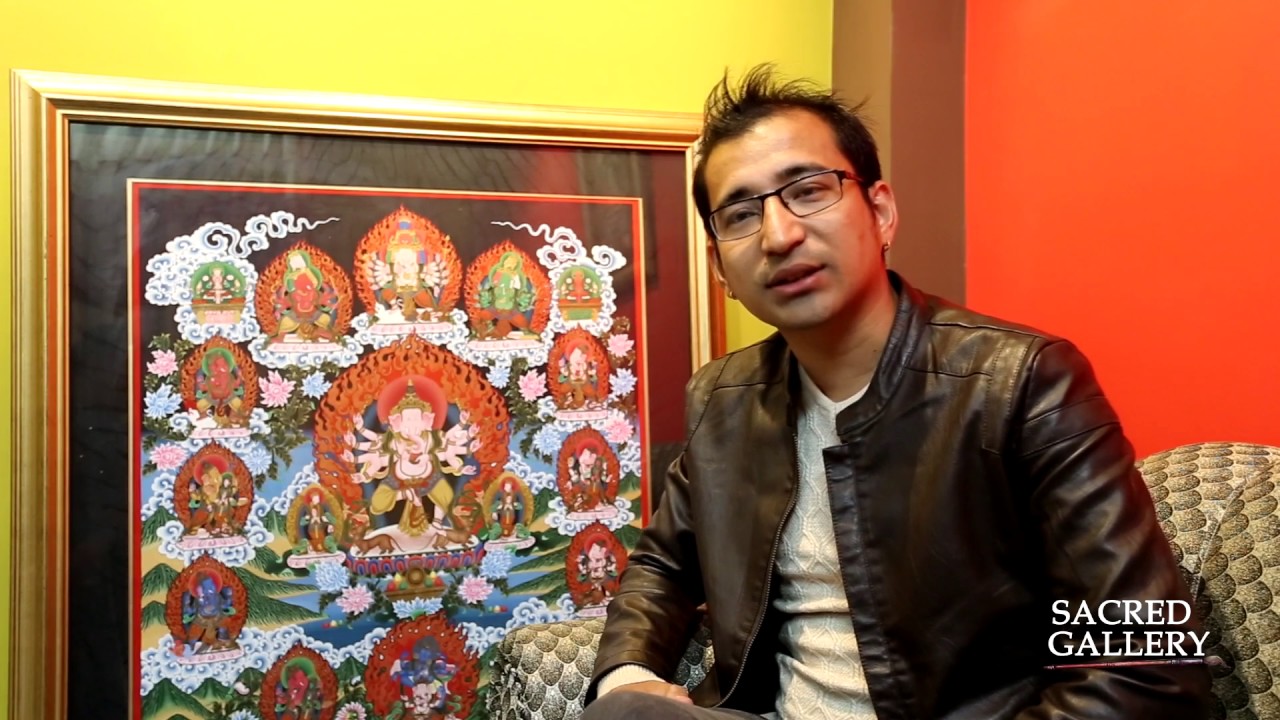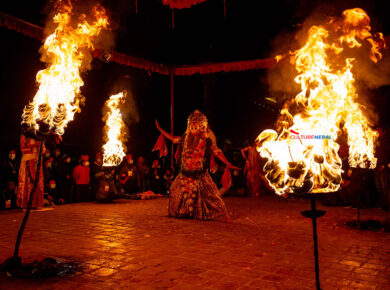Nepal’s rich mosaic of cultural heritages could be likened to a precious diamond having numerous facets. The Kathmandu Valley is a treasure trove of Nepalese culture, and an important side of that culture is its architectural. heritage which is represented in the numerous monuments included and preserved within the seven monument zones in the Kathmandu Valley World Heritage Site. The valley is replete with marvelous creations in various shapes and forms of art and architecture, extending even to a small stone or a bronze statue. The fine woodcarvings in the temples and houses are well-known throughout the world. The exquisite temples, monasteries, stupas or Chaityas, shrines, palaces, monuments and every other architectural wonder of the valley are glorious cultural treasures of Nepal as well as a heritage of the whole of mankind. Nepalese architectural heritage is represented in the unique design of built structures like the pagoda and Shikhara-style temples, shrines, monasteries, palaces, individual. homes, stupas or Chaityas (Buddhist hemispherical structures that do not contain the mortal remains of Buddhas or other holy persons), Sattals (wayside rest house), Patis (public rest house), Pauvas (one or two-storey public rest house), Dhunge Dharas or stone waterspouts, Dabalis or open platforms, Ghats or river banks, ponds, pillar statues, minarets or towers, forts and so on.
UNESCO has included seven monument sites of the Kathmandu Valley in the World Cultural. Heritage list. Of the seven sites, three are centered around the ancient medieval palaces of the valley, namely the Hanuman Dhoka Durbar (palace) in Kathmandu, Patan Durbar in Patan (Lalitpur) and Bhaktapur Durbar in Bhaktapur. These palace complexes were the residences of the Malta kings. The other world heritage sites are the Swayambhu Maha Chaitya, Boudhanath Stupa, the temple complex of Lord Pashupatinath in Kathmandu and the Changu Narayan Temple in Bhaktapur.
Kathmandu Durbar Square

Kathmandu Durbar Square in Kathmandu is the most extensive of the three royal palace squares, not only in size but also in scale of its open space and structures. It contains 60 important monuments, of which the majority date from the 17th and 18th centuries. King Mahendra Malta of the 16th century, Pratap Matta of the 17th century and Prithvi Narayan Shah of the 18th century added to the architectural splendor of this Durbar square. King Mahendra Malta (1560-74 A.D) constructed numerous temples inside the palace complex and in its vicinity. Prominent among them are the temple of Mahendreshwar Mahadev, the Jagannath Temple and the grand Taleju Bhavani Temple. The magnificent Taleju Temple was built in 1563. One of the tallest and largest temples in the country, towering more than 40 metres, it is built atop a plinth of brick platform. Nearby, the Jagannath Temple, built in the 16th century, is known for the fascinating erotic carvings of human sexual union on the wooden struts. The Hanuman Dhoka Durbar monument zone encompasses marvelous edifices built by King Pratap Mafia (1641-74 A.D). These include the Krishna Temple, Kabindrapur, Indrapur Temple, Panchamukhi Hanuman Temple of Nasal Chowk, and a stone pillar with his statue atop facing the Degu Taleju Temple. King Pratap Malta had erected a stone statue of Hanuman, the bravest of the brave monkey god in the epic Ramayana, in front of his palace to drive away evil sprits and be victorious in wars. This palace later came to be known as the Hanuman Dhoka Durbar, or the palace guarded by God Hanuman. After the conquest of the valley by King Prithvi Narayan Shah of Gorkha in 1769, he expanded the palace. Two very impressive architectural structures, the nine-storeyed Basantapur and Vitas Mandir, were built during his reign. All the four towers of this palace are considered remarkable pieces of Nepalese architecture. This palace square is surrounded by many important monuments, such as the resident temple of the Living Goddess Kumari; the Kashtha Mandap, or Maru Sattal, which is the Largest open rest house and a landmark of Kathmandu from which the city derives its name; Simha Sattal; and the Maju Dewal which is the tallest temple in the periphery. Anyone who visits this palace complex cannot but be overwhelmed by its grandeur and the architectural heritage which it represents.
Patan Durbar Square
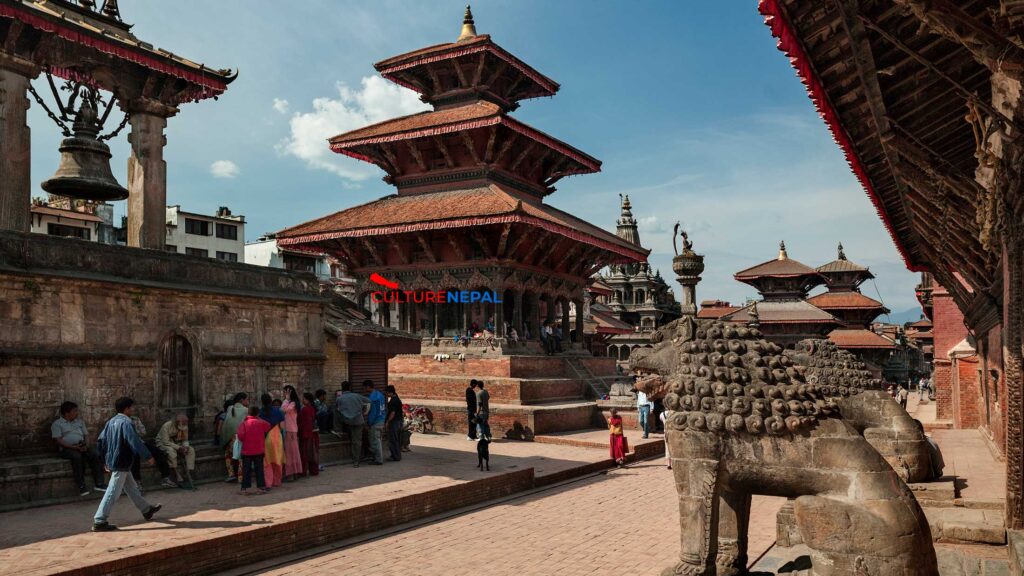
If the Hanuman Dhoka Durbar Square has a unique combination of Malta and Shah period architecture, Patan Durbar Square, on the other hand, reflects singular Malla architecture. In comparison to the Hanuman Dhoka Durbar Square, it is smaller in size, but it comprises a number of unique architectural styles. Manga Hiti, the sunken stone water spout, and the magnificent Krishna Temple, a Shikhara-style temple built of stone, are but a few examples of its opulence. More than 30 monuments, each a masterpiece, are clustered in a small area measuring roughly 160 by 70 metres. An additional 30 monuments are located in the immediate vicinity. Professor emeritus Dr. Eduard F. Sekter of Harvard University has compared the Durbar Square of Patan to San Marco Square of Venice. The renowned French orientalist M. Sylvain Levi describes the Patan Durbar Square as “a marvel beyond the power of words to tell”.
Indeed, Patan Durbar is the most spectacular example of Nepalese architecture in an urban context. Right in the middle of the hustling downtown Mangal Bazaar stands the famous palace of the Malla kings known as Maningal Rajprasad, or the palace of Maningal, probably built during the Lichchhavi period (beginning of the 1st century to 9th century). Among the latter kings of Patan, Siddhi Narasimha Malla (1618-61), Sri Niwas Malla (1661-85) and Yog Narendra Malla (1685-1706) added to the grandeur of the palace complex.
Among its numerous courtyards, the recently renovated Keshav Narayan Chowk has been converted into a bronze artefact museum. The main entrance of this courtyard and the windows on the second floor with the figure of God Avalokeshwar in the middle are gilded. A highly impressive and exquisite monument is the stone temple of Lord Krishna, situated in an imposing location in the Durbar Square complex. King Siddhi Narasimha Malta built this temple in 1636. It features 21 gilded pinnacles – the
highest number ever built in the valley. Another unique feature of this temple is the bas-relief carvings on the walls and ceilings, depicting major scenes from the great Hindu epics, the Ramayana and Mahabharata. The Krishna Temple of Patan Durbar Square is undoubtedly one of the finest stone structures in the Kathmandu Valley and is, thus, of considerable national importance.
Other important temples of the Durbar Square are the Char Narayan Temple constructed in 1565 by King Purandhar Singh, the Bishwa Nath Temple constructed by King Sri Niwas Malta in 1626 and the large rectangular three-storeyed Bhimsen Temple constructed in the 16th century. There is also the octagonal Shikhara-style Krishna Temple known as Chyasilin Dewal.
Patan Durbar Square, located in the middle of the city, has assimilated the vibrant atmosphere of a crowded bazaar. Outside the Patan Durbar Square, there are numerous other important monuments, such as the Maha Bouddha terra-cotta Shikhara temple constructed at the beginning of the 17th century, Hiranya Varna Mahavihara, or the Golden Temple, built in the early 15th century and the five-storeyed Kumbheshwar Mahadev Temple built at the beginning of the Malla period – it is one of the only two surviving five-storeyed temples in the country, the other being the Nyatapola Temple in Bhaktapur.
Bhaktapur Durbar Square

Among the three Durbar Squares, the Bhaktapur Durbar Square is by far the most elegant with its large open space facing south. The Golden Gate and the Palace of 55 Carved Windows have added splendor to this palace square which consists of buildings dating from the 13th century to the 18th century. Bhaktapur’s landmark is the world famous five-tiered Nyatapola, or five-storeyed temple, built in 1702 at Taumadhi Square. Bhaktapur is a living museum of arts and architecture. Each and every piece of art speaks of the city’s history. The monuments and sculptures reflect centuries old craftsmanship. The city has suffered much from earthquakes, especially those of 1808, 1833 and 1934. These earthquakes caused extensive damage to its ancient buildings. Yet, despite the destruction, the external appearance of the city does not seem to have changed much. Temples and monuments have been restored and preserved. Dilapidated buildings have been rebuilt or renovated in their original form. So the basic structure of the town is intact.
In the 1970s, the pioneering Bhaktapur Development Project, with financial and technical assistance from the German government, restored considerable portions of the city’s lost heritage and improved its physical infrastructure.
The main attraction of the Bhaktapur Durbar Square is the famous Golden Gate or Swarna Dwar, built by King Ranjit Malta in 1753. British historian Perceval Landon praised it as ‘the most exquisitely designed and finished piece of gilded metalwork in all Asia. The gate is the main entrance to the palace. The Palace of 55 Windows, built by King Yaksha Malta in 1427 and renovated by King Bhupatindra Kalb, is famous for its intricately carved wood works. There are many courtyards inside the palace, but they are closed to the public. The visitor has to be satisfied with the diversity of monuments around the palace complex.
Upon entering the gate to the Bhaktapur Durbar Square, there are two temples to the right. One is the two-storeyed Krishna Temple, with roof struts depicting the 10 incarnations of Lord Vishnu. The second is a terracotta Shikhara temple dedicated to Goddess Durga or Bhagawati. The life-size statue of King Bhupatindra Malla with folded palms atop a stone pillar in front of the National Art Gallery is another remarkable piece of sculpture. The last Malta ruler of Bhaktapur, King Ranjit Malta, erected this statue in 1753 as a tribute to Bhupatindra Malta, who enriched the cultural heritage of Bhaktapur. The Big Bell, installed here by King Ranjit Malla in 1737, is used we worshipping Goddess Tulaja Bhavani. Behind this, there is a beautiful. stone Shikhara-style temple with nine pinnacles dedicated to Goddess Batsala built in 1672 by King Jagat Prakash Malla. Next to the Batsala temple is the two-storeyed pagoda-style temple of Yaksheswara Mahadev built by King Yaksha Malla in the 15th century.
Taumadhi Square that houses the Nyatapola Temple is one of the three main squares included in the world heritage site of Bhaktapur. This square is dominated by two of Bhaktapur’s grandest temples. The Nyatapola, or five-storeyed temple of Goddess Siddhi Laxmi, the patron deity of King Bhupatindra Matta, is by far the most imposing. Its five-step base gives it a towering height, which makes it the tallest temple in the country. This grand temple, a masterpiece of Nepalese architecture, was built by King Bhupatindra Malta in 1702. The column around the temple sanctum and door frame hav exquisite carvings. The impressive woodwork includes 108 supporting roof struts, which dep the diverse forms of the goddess Bhagawati, o Mahismardini, and other associate deities. In the southeast corner of this courtyard stands a massive three-storeyed rectangular temple of Bhairav, also known as Kashi Bishwanath. The original. temple is believed to have been constructed in 1001 during the reign of King Nirvaya Deva.
Tachapal, or Dattatraya Square, is one of the three main squares of Bhaktapur. The Dattatraya Temple stands in the east of the square. It was built by King Yaksha Kalb and his son Biswa MaIla in the 15th century. The god Dattatraya represents the Hindu trinity of Brahma, Vishnu and Maheshwar or Shiva. Surrounding the Dattatraya Square are several. Hindu Maths or monasteries, of which the most important is the Pujari Math. The Pujari Math is especially known for the rich 18th century woodcarvings that grace its doors and windows. Particularly welt-known is the famed intricately carved `Peacock Window’ facing the Lane on the east side of the building. It is supposedly the finest specimen of woodcarving. In fact, the ancient city of Bhaktapur is home to some of the rarest and probably the finest examples of Nepalese woodcarving art and architecture.
Lumbini
Outside the Kathmandu Valley, Lumbini, the birthplace of Lord Buddha, has been enlisted in the World Cultural Heritage site. Siddhartha Gautama, who later attained enlightenment as the Buddha, was born in Lumbini in the spring of 623 B.C. An inscription on a stone pillar erected by Maurya Emperor Ashoka in 249 B.C. authenticates that the Buddha was born at this spot. Recent archaeological. excavations have discovered the “marker stone” at the basement of the Maya Devi Temple, believed to have been laid there by Emperor Ashoka to denote the exact sacred spot where the Buddha first put his foot on earth. This has further enhanced the importance and sanctity of the site. The stupas built during different periods dating from 3rd century B.C. to 15th century A.D., the Maya Devi Temple and Pushkarni Pond where the baby Siddhartha was given his first bath after birth are some ancient edifices of Lumbini.
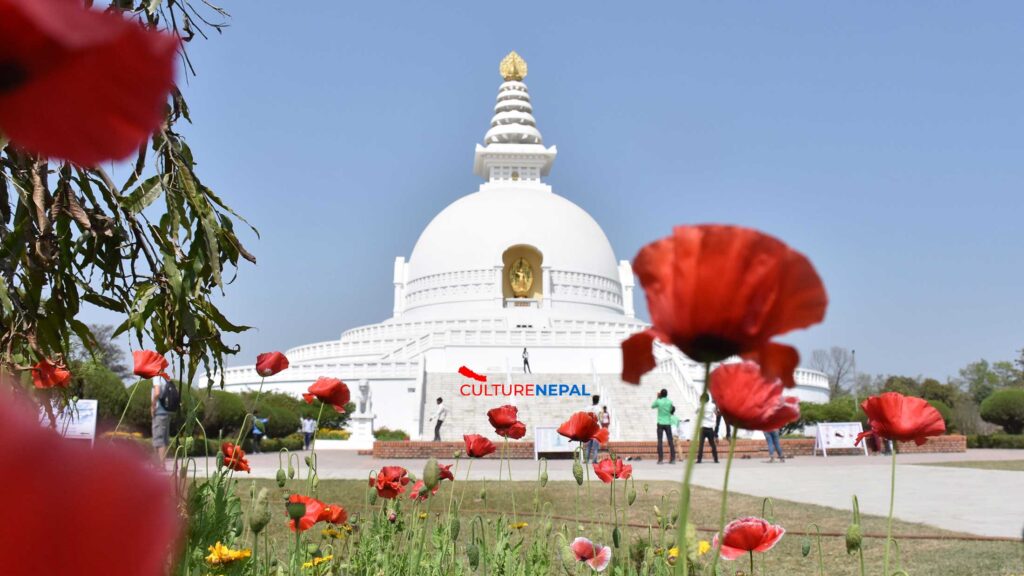
A Master Plan for the development of Lumbini was initiated in 1978 as per the design of world-renowned architect Professor Tange of Japan. The Master Plan segregates the Lumbini area into four main components: the Sacred Garden which includes the Maya Devi Temple and the Ashokan pillar; the monastic zone; the cultural centre; and the Lumbini village. Since the early 1980s, many countries with significant Buddhist populations have contributed in its infrastructural development. Monasteries reflecting the architecture of the individual countries have been constructed in the monastic zone. But much still remains to be done to give final shape to the Master Plan.
As the birthplace of Lord Buddha, Lumbini is one of the holiest places of one of the world’s greatest religions. It has remained a hallowed Buddhist pilgrimage spot since very early times. Lumbini has been designated as the “Fountain of World Peace and the Holiest Pilgrimage Centre of Buddhists and peace-loving people of the world”. The site remains a place of pilgrimage for both Buddhists and Hindus alike from all over the world.
Besides the existing World Heritage sites in Nepal., there are many other natural and historical monuments and sites in the country which merit inclusion in the World Heritage list.
